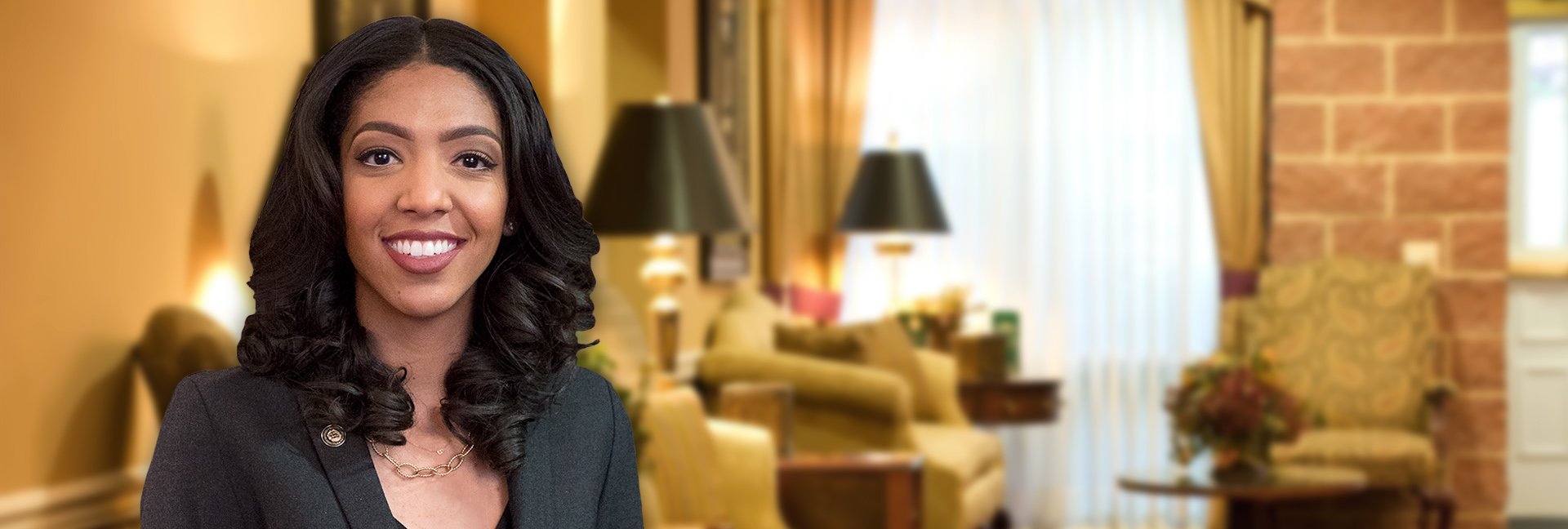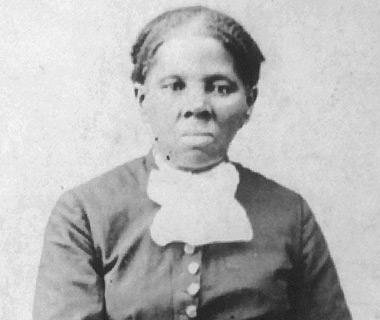Courageous Leader and Dedicated Humanitarian: Get To Know Harriet Tubman
Harriet Tubman, the famous female abolitionist, is making headlines in Maryland.
Born into slavery on Maryland’s Eastern Shore in the early 1820’s, Tubman successfully escaped to Philadelphia in 1849. Once free, she became an operator of the Underground Railroad—a clandestine network of people, locations and routes that provided shelter and assistance to escaping slaves. She boldly returned south more than a dozen times to rescue at least 70 family and friends, guiding them safely to freedom.
The new Harriet Tubman Visitor Center celebrating her life opened March 11, 2017 and included special public programs and activities. The 10,000 square foot visitor center, located on the Eastern Shore in Church Creek, is part of a scenic byway and state park that honors Tubman’s bravery and her legacy.
In addition to the Visitor Center, two movie projects about her life are underway and a statue bearing her likeness has been proposed for the Maryland State House in Annapolis. We can also look forward to 2020, when she will replace Andrew Jackson as the face of the new $20 bill!
Take a powerful and inspiring journey:
- The Harriet Tubman Visitors Center transports visitors back in time through its immersive, interactive exhibits. They feature information about Tubman’s life, beginning with her childhood in Maryland, her emancipation from slavery, her time as a conductor on the Underground Railroad and her continuous advocacy for justice.
- The Harriet Tubman Underground Railroad Byway preserves and recounts the life of the abolitionist and her courageous actions. Originating on the Eastern Shore, the 125-mile self-guided driving tour winds through beautiful landscapes and waterscapes and includes 36 historically significant sites related to the Underground Railroad.
- Looking to explore closer to home? Visit the Reginald F. Lewis Museum of Maryland African American History & Culture in Baltimore, where you can learn more about the Underground Railroad and the experience of African American Marylanders living in the 1800s.











Comments